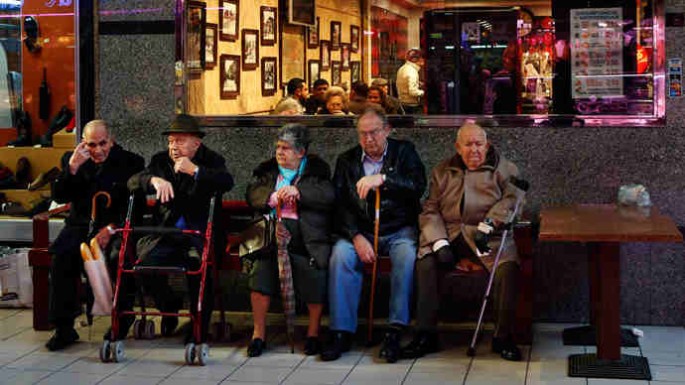Researchers from China and the United States recently proposed a new theory on human aging, citing that heterochromatin, a tightly packed DNA form, could be a key driver of the process.
The researchers, who are currently working on a premature aging disorder, published their findings through the U.S. journal Science.
Chinese Academy of Sciences Institute of Biophysics' Guang-Hui Liu told Xinhua: "We proposed a new theory that suggests the disorganization of heterochromatin is a key driver of human stem cell aging."
The scientific endeavor was made possible through modern stem cell and gene-editing procedures and technologies.
The findings are being regarded as a platform that could lead researchers find new methods in preventing age-related diseases such as Alzheimer's disease, cancer and diabetes.
Liu, who is also a senior author of the research, considered their work as "an important supplement" to the currently accepted aging theory. The theory suggests that human aging is a result of unrepaired accumulation of DNA damages that occur naturally.
The research centered on the Werner Syndrome, a genetic disorder causing individuals to age at an above-the-normal growth rate. The ailment affects one in every 200,000 people in the United States.
The involved scientists produced a cellular paradigm of the condition through a gene-editing technology and used the process to delete the Werner Syndrome-causing gene (WRN gene) in human stem cells.
As expected, the resulting cells began to age rapidly than normal.
The researcher took a closer look at the cells and discovered that the deletion of the WRN gene caused distortions to the heterochromatin structure. Further experiments also revealed direct links between the mutated WRN protein and the heterochromatin destabilization.
A comparative study between stem cells from six young and six old people led to conclusion that alterations in the heterochromatin structure could be a key factor causing cellular aging.
Juan Carlos Izpisua, senior author and is affiliated with Salk Institute, said that more studies should be undertaken in order to concretize the role of heterochromatin structure alteration in aging.



























